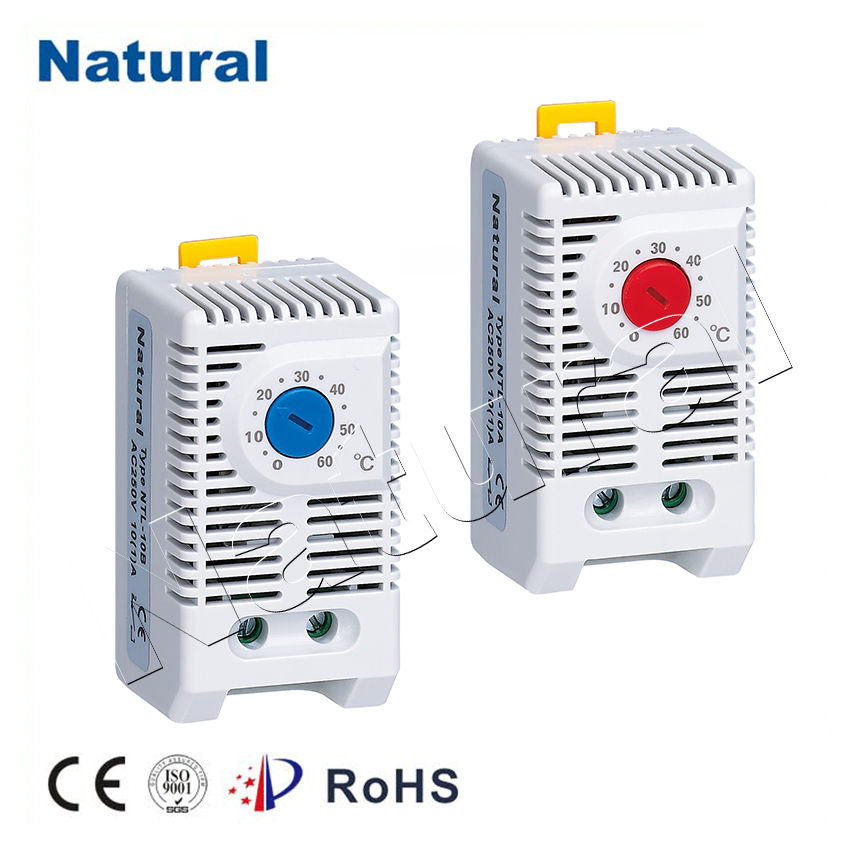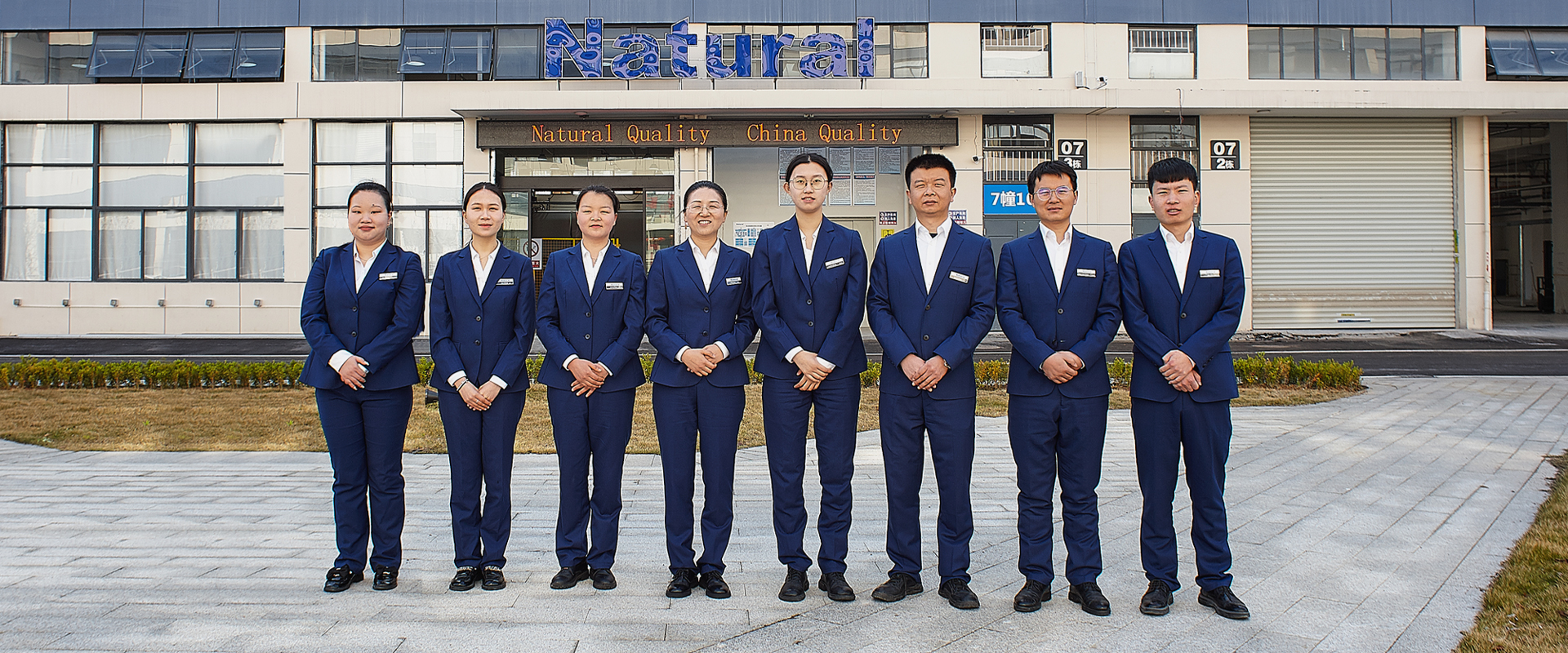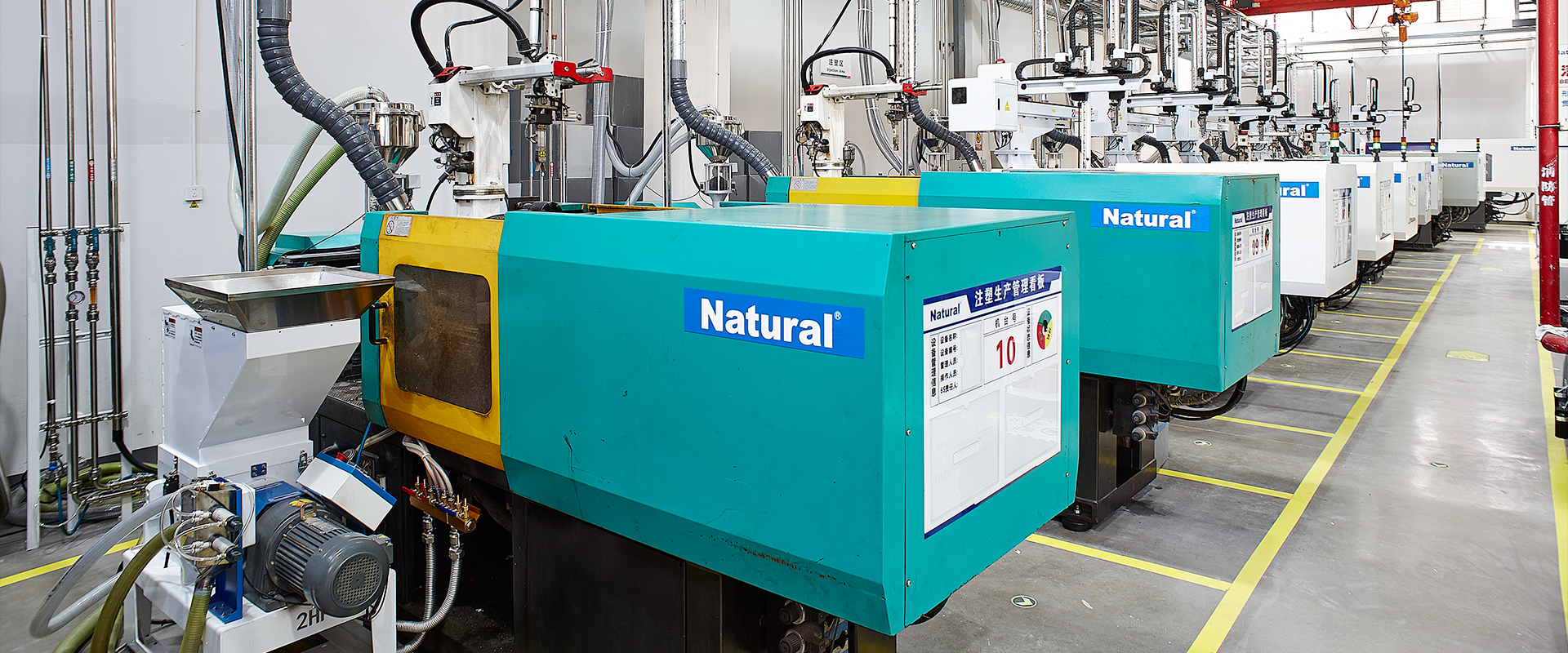文章正文:

In the quest for comfort and energy efficiency, the thermostat temperature controller heater stands as a modern marvel. It's a device that often goes unnoticed in our homes and offices, yet plays a pivotal role in maintaining a pleasant living and working environment while also saving energy. In this article, we will delve into the workings of this indispensable appliance and explore how it has revolutionized the way we control indoor temperatures. The Basics: How Does It Work?
A thermostat temperature controller heater is a device designed to maintain a set temperature in a room or space. It achieves this by using a combination of sensors, switches, and heating elements. Here's a simplified breakdown of how it operates:
Temperature Sensing: The thermostat contains a temperature sensor that constantly measures the air temperature in the room. This sensor is typically a bimetallic strip, thermocouple, or a more advanced digital sensor.
Setting the Target Temperature: Users can set their desired temperature on the thermostat, typically through a digital interface or a dial. The thermostat's main objective is to maintain this preset temperature.
Comparison and Control: The thermostat continuously compares the actual room temperature with the target temperature. If the room temperature deviates from the set point, the thermostat takes action.
Heating Element Activation: When the room temperature falls below the desired level, the thermostat sends a signal to activate the heating element, whether it's an electric coil, infrared heater, or another heating source.
Maintaining the Temperature: The heater remains active until the thermostat registers that the room temperature has reached the set point. At this point, it switches off the heater to prevent overheating.
Energy Efficiency at Its Core
One of the most significant advantages of a thermostat temperature controller heater is its energy efficiency. It ensures that heating is only activated when necessary, eliminating the need for continuous heating and reducing energy consumption. This not only saves money on utility bills but also reduces our carbon footprint.
Modern thermostats often come with additional features that enhance energy efficiency:
Programmable Schedules: Many thermostats allow users to set heating schedules, optimizing energy use by reducing heating when the space is unoccupied or during sleeping hours.
Learning Algorithms: Some smart thermostats employ machine learning algorithms to adapt to users' behavior over time, further optimizing heating schedules and temperature settings.
Remote Control: With the advent of smart technology, thermostats can now be controlled remotely via smartphone apps, allowing users to adjust settings even when they're away from home.
The Evolution of Thermostat Technology
The humble thermostat has come a long way since its inception. Early thermostats relied on simple mechanical mechanisms and were often less precise in maintaining temperatures. However, advancements in technology have led to the development of sophisticated thermostats with a range of features, making them more user-friendly and efficient.
Today, we have smart thermostats that can be integrated into home automation systems, allowing for seamless control and monitoring. These devices can also provide valuable insights into energy usage, helping homeowners make informed decisions about reducing their environmental impact.
Conclusion
In conclusion, the thermostat temperature controller heater is a vital component of our modern lives, offering both comfort and energy efficiency. Its ability to maintain desired temperatures while minimizing energy consumption has made it an essential part of every home and office. As technology continues to evolve, we can expect even more innovative features and capabilities from these devices, further improving our quality of life and our planet's well-being. So, the next time you adjust your thermostat, take a moment to appreciate the remarkable device that quietly keeps you comfortable while preserving energy resources.
 28 items Patent
28 items Patent
 28 items Patent
28 items Patent
 28 items Patent
28 items Patent








